World 🢖 Europe 🢖 United Kingdom 🢖 Scotland 🢖 Orkney Islands
Churches 🢔 Religious architecture 🢔 Architectural wonders 🢔 Categories of wonders
Wonder
St. Magnus Cathedral in Kirkwall
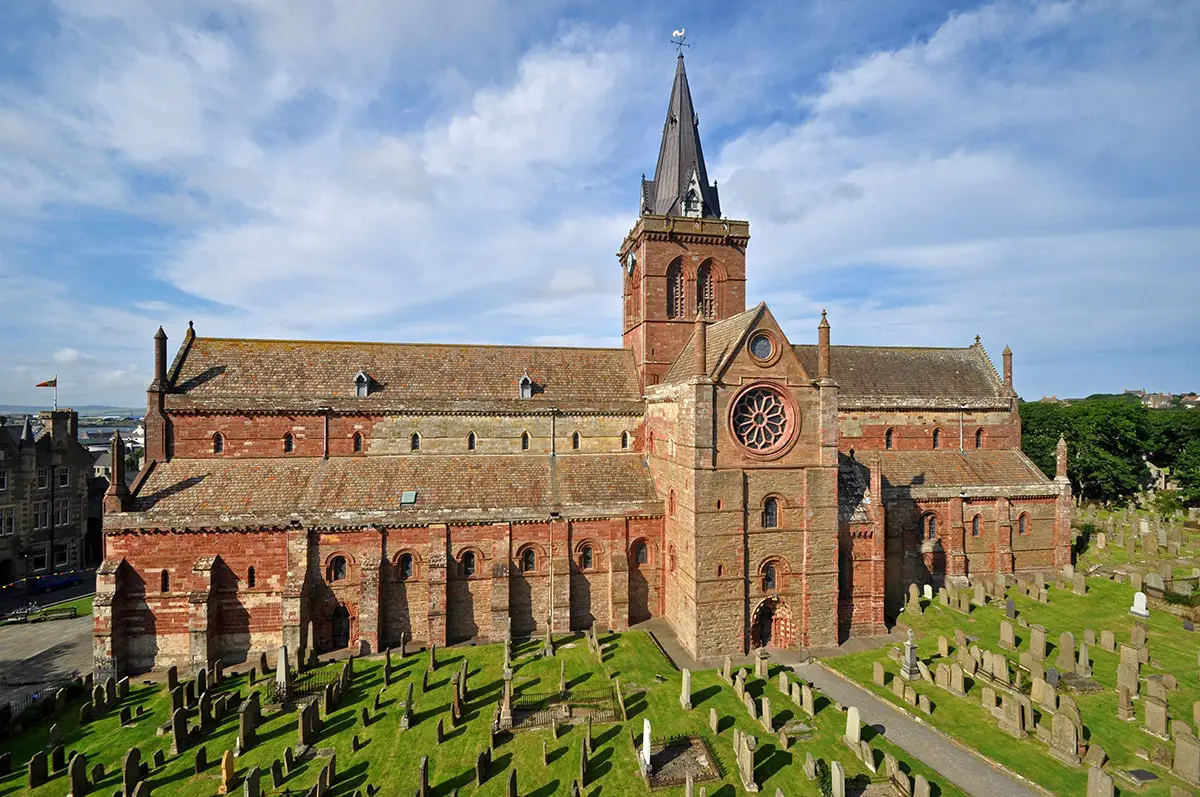
 In short
In short
Northernmost cathedral in British Isles is St. Magnus Cathedral in Kirkwall. This is one of the best examples of Norman architecture, a great example of high quality construction in these times.
 45.8%
45.8%
GPS coordinates
Location, address
Architectural style
Year of construction
Branch of Christianity
Protection status
Map of the site
If you see this after your page is loaded completely, leafletJS files are missing.
 In detail
In detail
History
Norse islands
In the 12th century the Orkney Islands were inhabited by Norse people speaking in the now extinct Norn language. Local governors – Earls of Orkney – were appointed by the King of Norway. This was the time when the role of Norse people in the history of Europe was changing – they were not a peripheral threat to Christian Europe anymore, they were a part of it now.
Christianity reached these northern islands already in the 6th century, before the Norse and first Christian chapels were built here. With the arrival of Norse Christianity declined but in the late 10th century though it returned here, now as a religion of Norse people.
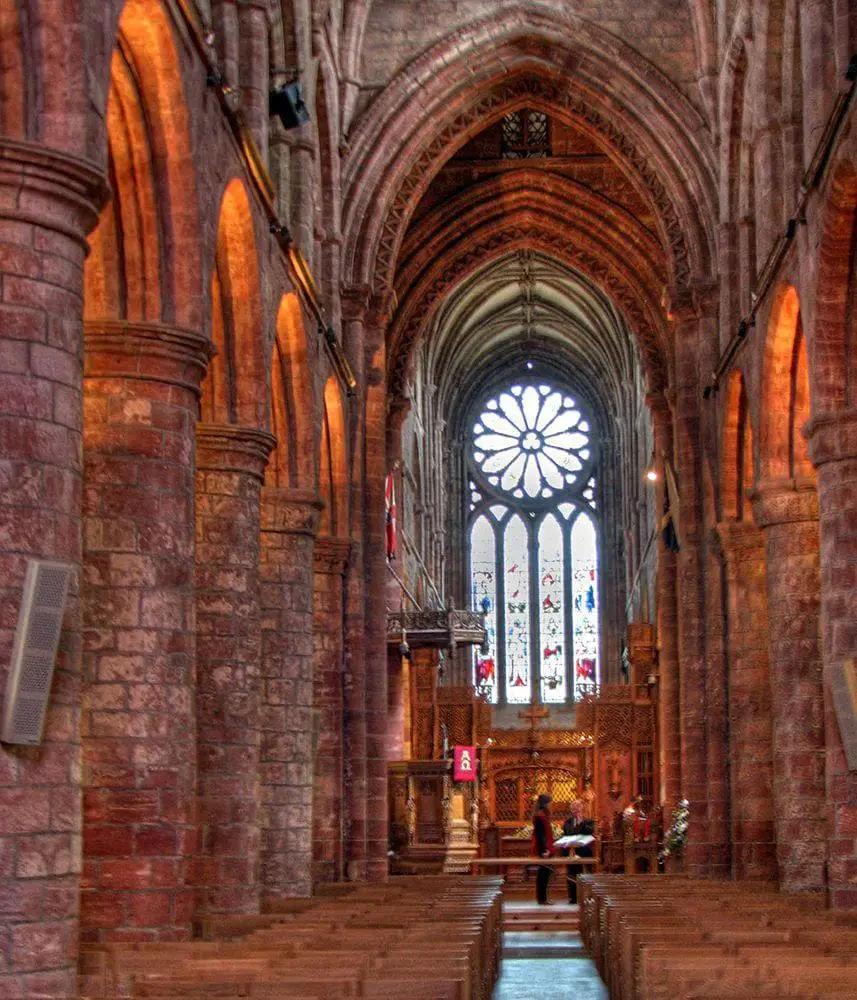
Saint Magnus
Magnus Erlendsson was the Earl of Orkney in 1106 – 1115. As many Norse did, he raided the coasts of Scotland, although, according to Norse tales he had comparatively gentle and devout Christian. During his rule islands experienced the struggle between Magnus and his cousin Haakon – for most time peaceful but at the end, it turned into feud and Haakon ordered the death of Magnus around 1115 – 1118.
After his death locals reported miracles linked to his grave and, in spite of family feuds, it was decided that it would be beneficial to canonize him. An influential local clergyman William the Old initially did not believe in the stories of locals but then changed his mind and became a devout supporter of the cult of Magnus. Thus in 1136 William (now in the status of Bishop of Orkney) canonized St.Magnus.
William ordered to bring the relics of St.Magnus to Kirkwall (then a small settlement named Kirkjuvágr) from the place of his death on Egilsay island.
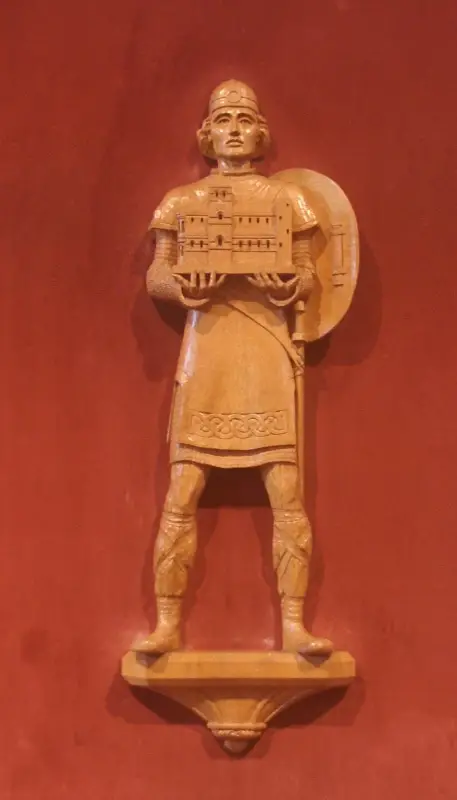
Rögnvald builds the cathedral
Nephew of Magnus – Rögnvald Kali Kolsson was appointed Earl of Orkney by the king of Norway in 1129. He managed to take control over the islands in 1136 from the previous earl and in 1137 he ordered to construct a church for St.Magnus whose memory was now important among local people – "a stone minster at Kirkwall more magnificent than any in Orkney" (1).
In fact, this was not the first church in Kirkwall – in the village, there was earlier, St.Olaf church which was constructed already in the 11th century. Some details of the original church remain in the present-day structure of current St.Olaf’s Church.
Construction of the church started and the building was that large that funds soon lacked and new taxes had to be introduced. In 1158 Rögnvald Kali Kolsson was killed and buried in the cathedral. Later he was canonized although we are not entirely sure about this – there are no documents supporting it.
Later history
In the 11th century the cathedral was built but in the late 12th – early 13th centuries the church was extended in Gothic style.
Step by step Orkney Islands became a part of Scotland until in 1468 the islands became a formal part of Scotland.
St. Magnus Cathedral became a property of the burgh (Scottish town) of Kirkwall and is municipal property up to this day.
Tower of the church was struck by lightning and burned in 1671 but has been rebuilt.
At the beginning of the 19th-century cathedral was in a state of disrepair. In the late 19th century and in the early 20th century here were made extensive restoration works. An interesting find happened here in 1917, when in a column was found a hidden cavity with a box of bones including a skull with a wound, possibly inflicted by an ax – these, most likely, were the relics of St.Magnus. Reconstruction continues up to this day: in the 1970ies it was discovered that the west end of the structure might divide from the other parts of the building.
Description
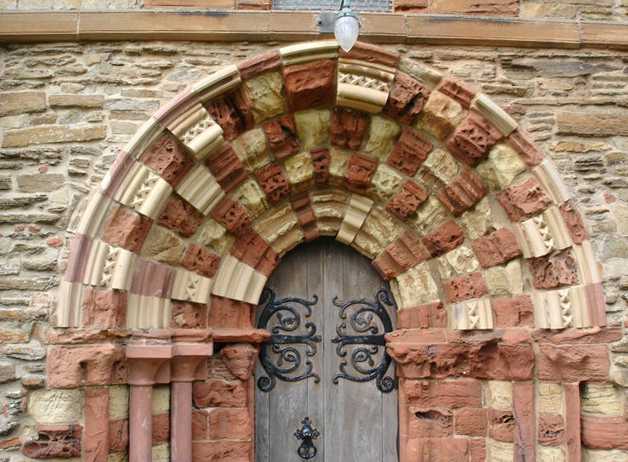
Cathedral is the most impressive historical building in Kirkwall. It represents one of the best examples of Norman architecture – part of the wider Romanesque architecture style.
The structure was built from a red sandstone which was mined near the town as well as yellow sandstone from Eday island. Works were performed in a very high quality.
The interior is dominated by the massive columns and high ceiling, the warm colors of sandstone and rich stone embellishments.
The four bells of the cathedral were donated in 1528.
Much of the furnishings were added in the 20th century including some of the stained glass. Many monuments inside the church tell the history of Orkney islands and commemorate most important local people.
This is the only wholly medieval cathedral in Scotland, the most northerly cathedral in the British isles.
References
- Historic Environment Scotland Portal, Broad Street, St.Magnus Cathedral. Accessed on January 8, 2017.
 Linked articles
Linked articles
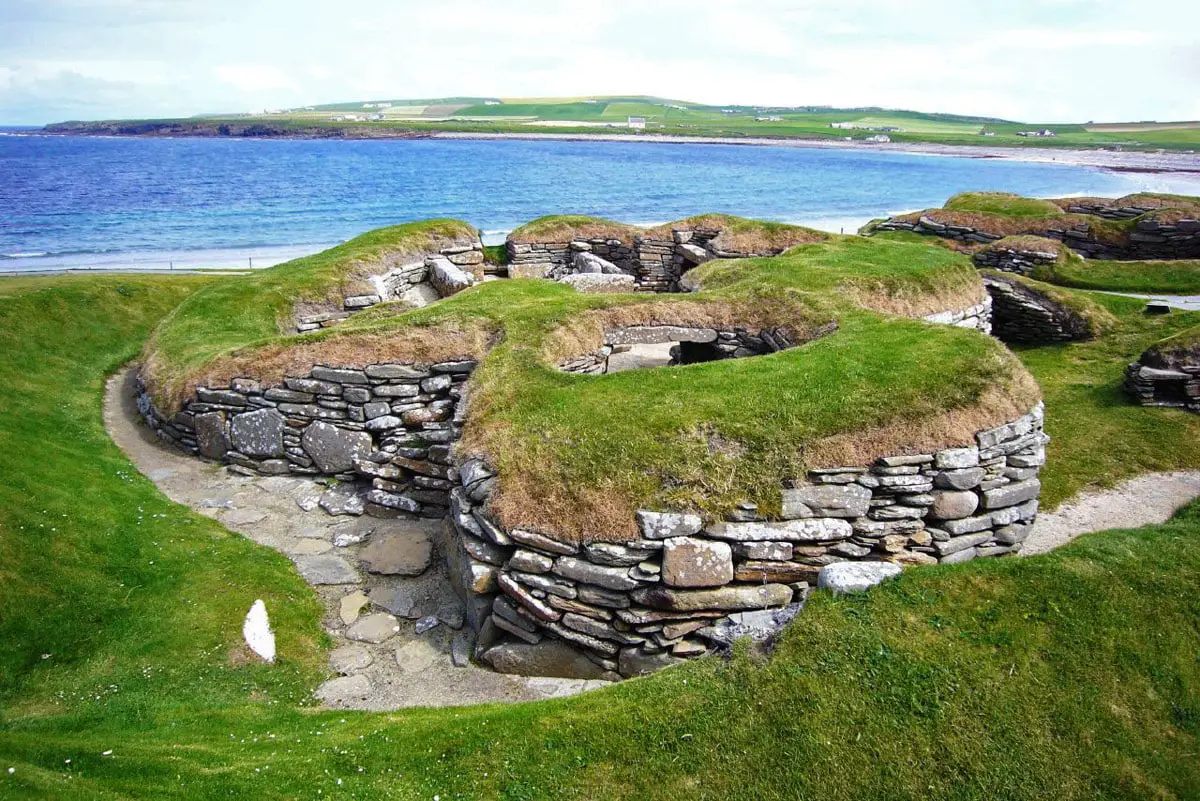
Wonders of Orkney Islands
Some of the wonders of the Orkney Islands are known internationally, but the true scale of the cultural heritage found on these small islands is hard to grasp. Remote, desolate islands are packed with remnants of past cultures, and too often it is obscure to us: why this or that was built and even – how it was accomplished.
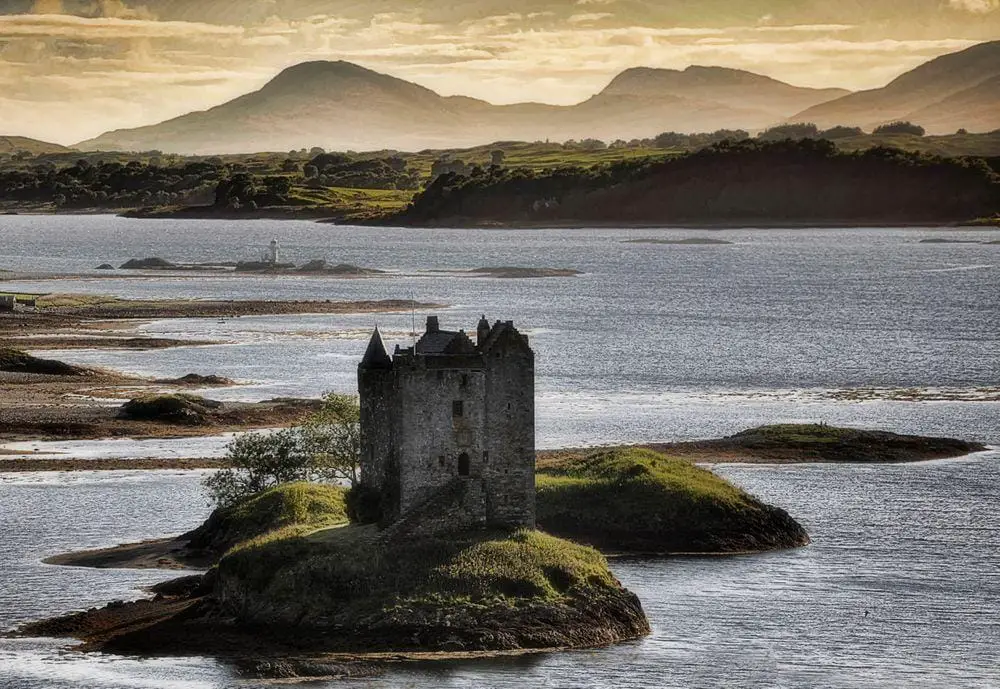
Wonders of Scotland
In Scotland are found some of the best castles in the world as well as numerous palaces, ancient settlements, and very interesting megaliths.
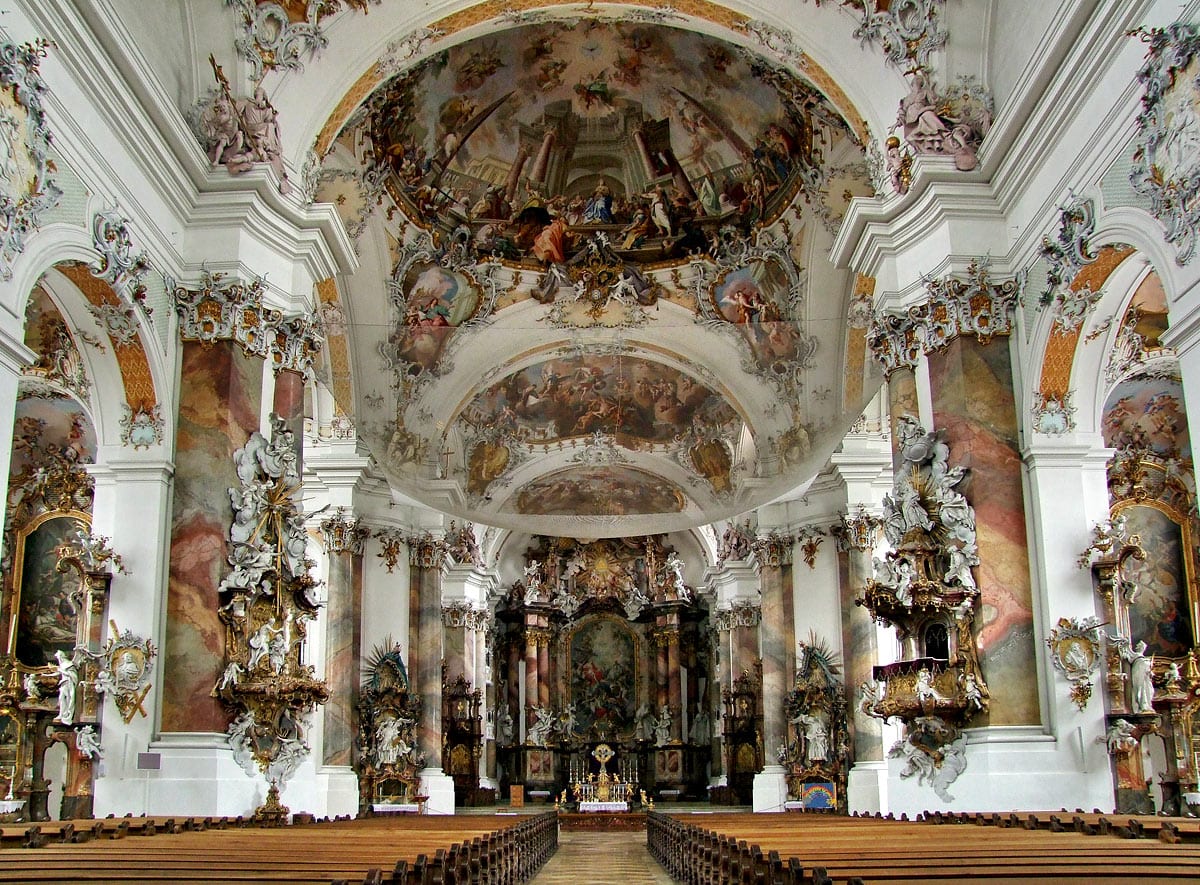
Churches
Throughout the millennia Christian churches have been the epitome of architecture and arts achievements in Western culture.
 Recommended books
Recommended books
Description of the Church Dedicated to Saint Magnus and the Bishop’s Palace at Kirkwall
Henry Dryden’s short work was first published in book form in Kirkwall, Orkney in 1878. After a historical introduction, the author provides descriptions of five architectural styles, or periods, involved in the construction, and alteration, of the building between the years 1137-1500, followed by notes on the stones used, bells, and certain monuments. A short account is also given of the Bishop’s Palace with some brief notes on old houses nearby.
Orkney: A Historical Guide
A marvelous companion to the fascinating Orkney islands, Orkney: A Historical Guide offers a broad overview of their history. Starting with the prehistoric period, from which survives the famous settlement of Skara Brae, it goes on to discuss the flowering of the Celtic Church in the sixth and seventh centuries and the subsequent invasion by the Vikings, who settled there in large numbers and established a powerful Norse earldom.


